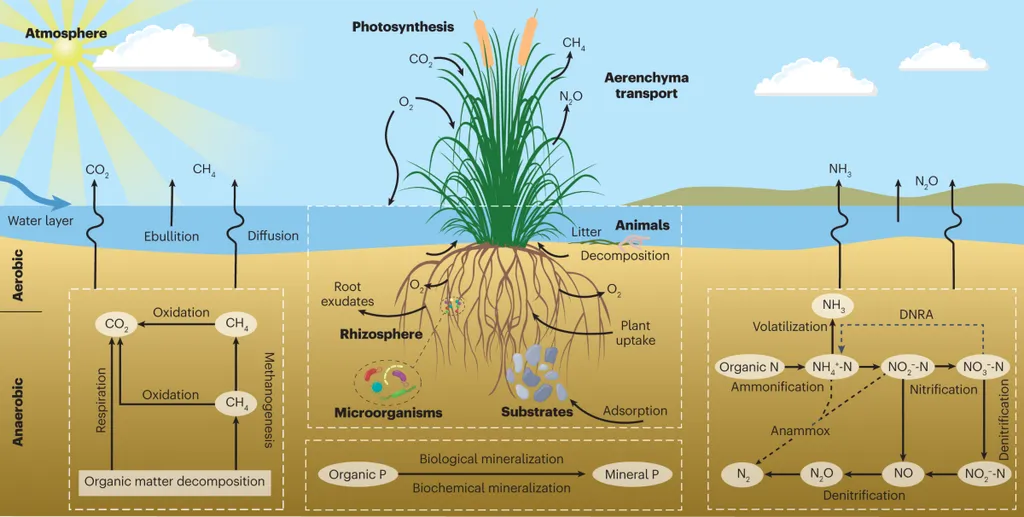In a groundbreaking study, researchers from Beijing Normal University, Guangdong University of Technology, and Universidade Paulista (UNIP) have challenged conventional wisdom in urban ecological management, urging a more holistic approach to evaluating constructed wetlands. Their work, published in “Urban constructed wetlands: Assessing ecosystem services and disservices for safe, resilient, and sustainable cities,” underscores the need to move beyond mere monetary valuations of ecosystem services (ESs) and to systematically consider ecosystem disservices (EDs).
The study, which evaluated eight constructed wetlands near Beijing, reveals that while these green-blue infrastructures are indeed effective in mitigating climate change impacts and addressing urbanization challenges, their long-term sustainability and non-monetary ecological value have been largely overlooked. “Most assessments focus on the economic benefits, but we need to consider the bigger picture,” says lead author Aamir Mehmood Shah. “This includes the ecological, social, and long-term impacts.”
The research team adopted an emergy-based approach, quantifying the total energy input, both direct and indirect, to evaluate the wetlands. They assessed four types of constructed wetlands: free water surface (FWS-CW), vertical subsurface flow (VSSF-CW), horizontal subsurface flow (HSSF-CW), and integrated vertical flow (IVCW). The findings were enlightening.
All wetlands demonstrated effective wastewater purification, with the IVCW (CW-4) showing the highest capacity at 1.63E+14 sej/m²/yr, removing 44% total phosphorus and 20% total nitrogen. They also provided flood mitigation, groundwater recharge (8.26E+09 sej/m²/yr), and carbon sequestration, with CW-7 achieving 2.82E+12 sej/m²/yr.
However, the study also identified significant ecosystem disservices. These included greenhouse gas emissions, with HSSF-CW showing higher CH₄ emissions than VSSF-CW, mosquito breeding issues (6.03E+10 sej/m²/yr), and the need for green waste management.
Perhaps the most thought-provoking aspect of the study is its ternary phase diagram, which shows that all wetlands generate more benefits than costs or impacts. CW-4 had the highest benefit-cost ratio (50%), while FWS-CW CW-3 had the lowest benefits (38%). This challenges the notion that all constructed wetlands are equally beneficial, highlighting the need for targeted guidance in urban planning.
The implications for the water, sanitation, and drainage sector are profound. This research could shape the development of more sustainable and resilient urban infrastructures, encouraging planners and policymakers to consider the broader ecological and long-term impacts of constructed wetlands. As Shah puts it, “We need to aim for a balance, where the benefits outweigh the costs, and where these ecosystems can thrive alongside our cities.”
In an era of rapid urbanization and climate change, this study serves as a timely reminder that our approach to urban ecological management must evolve. It’s not just about the money; it’s about creating safe, resilient, and sustainable cities for all.

